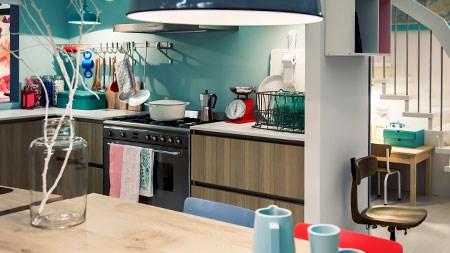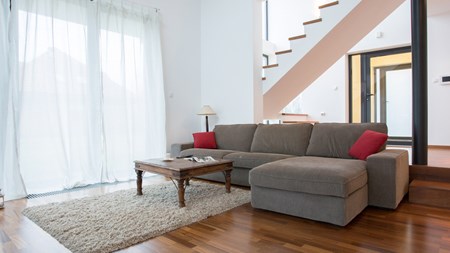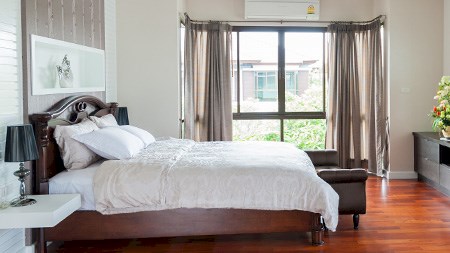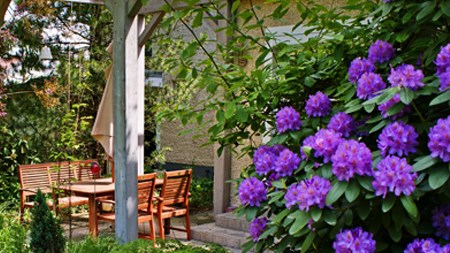Ideally, interior decoration should be functional, set the mood or ambiance for the home and reflect the personality of the family living there. Decorating success is dependent on these three ingredients: function, mood and personality.
With this in mind, calmly reflect on your family's needs and lifestyle to lay the foundation for your particular design. Magazines and the web are often a great source of inspiration and you can compile a folder full of ideas that appeal. If you have items in the home that appeal to you, gather them together and spend some time with them, carefully considering the details that make these appealing. These will form the basis for the mood you intend creating in your home.
Interior design goes beyond the mere visual - you have to make the room work for you. Here's a paint-by-numbers list:
The focal point: successful interior decorating requires focal points that attract the eye immediately upon entering a room, which could include items such as a bay window, a piece of art or even a collection of books on an attractive bookshelf. Some rooms don't have a natural focus point, but you can create one with colour in the form of a tapestry, work of art or a rug.
Furnishings: take a look at your current furniture and ascertain whether it is functional and that it fits in with your future plans for the room. Size is important. If the furniture is disproportionate to the size of the room you may have to consider replacing it with something more suitable.
Lighting depends on the activities that will be taking place in the room. However, the fittings should be visually appealing as well as functional. Remember to consider the different activities that will take place in a specific room and plan the lighting accordingly. You will want to tone things down when watching television and have pools of light available for activities such as family board games or for curling up in a chair with a good book.
Don't be afraid to arrange and rearrange the furnishings in the room until you find something that works for you. It may be an idea to start the design on paper. A sketch book and a healthy dose of imagination will save you a lot of time and effort and help to bring the design together. Its also a good way of highlighting which areas of a room need to incorporate electrical outlets, network points and other technological requirements. Balance is key in interior design. Be sure to balance high with low and heavy with light in your arrangement, but don't forget to also focus on the traffic areas throughout the room.
Creating the right look.
The ingredients at your disposal are:
Colour, lighting, shapes, patterns and textures. To get some semblance of order with this amount of complexity it helps to create a theme that runs throughout your interior decorating efforts. In other words, find your theme and make your decor complement it. Everything you choose should have both an element of appeal to you and an element from your fundamental theme. If, for example, you are redesigning a holiday home and have chosen a nautical interior theme - stick with it and avoid introducing extraneous features that detract from the main idea.
Choose colours that fit the theme - these are often found in the item that you have used for inspiration. For instance colours of the sky, sea, beach sand and sun in a nautical setting. Ideally, it is advisable to choose three colours in any room - a dominant tone that will be used for walls and floors; a secondary colour that should feature in fabric coverings as well as a accent colour that although used sparingly, will add vibrancy to the room.
Mixing patterned furniture and accessories is fine, but remember to keep the background colour the same and vary the size of the patterns.
Remember that the furniture should fit in with the overall design as much as possible. This doesn't mean that you have to discard one of your favourite leather couches simply because it doesn't fit into the 'grand design'. Throws and cushions are an ideal way of changing the look of a mismatching piece of furniture. Some piece of furniture however, are never going to fit in with the theme of your choice regardless of how you try and dress them up. These should be removed and either sold or stored away in anticipation of your next interior design project.
Most of all: have fun!




